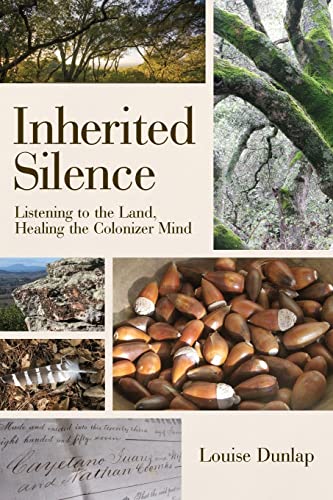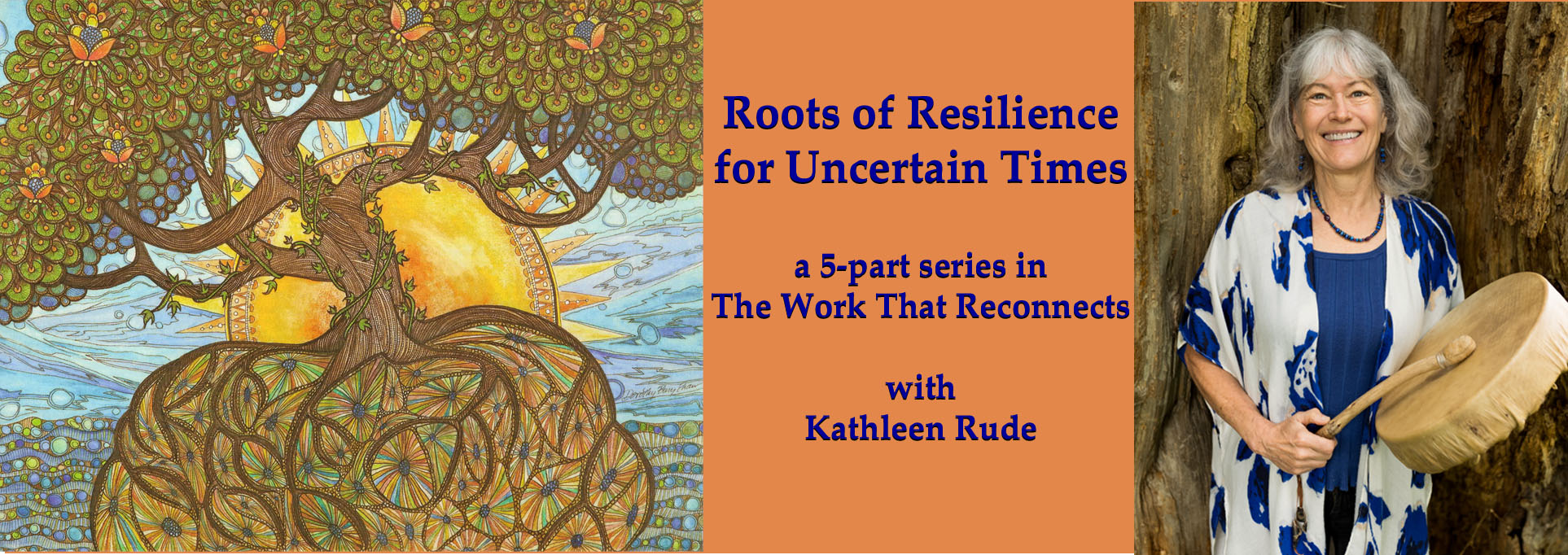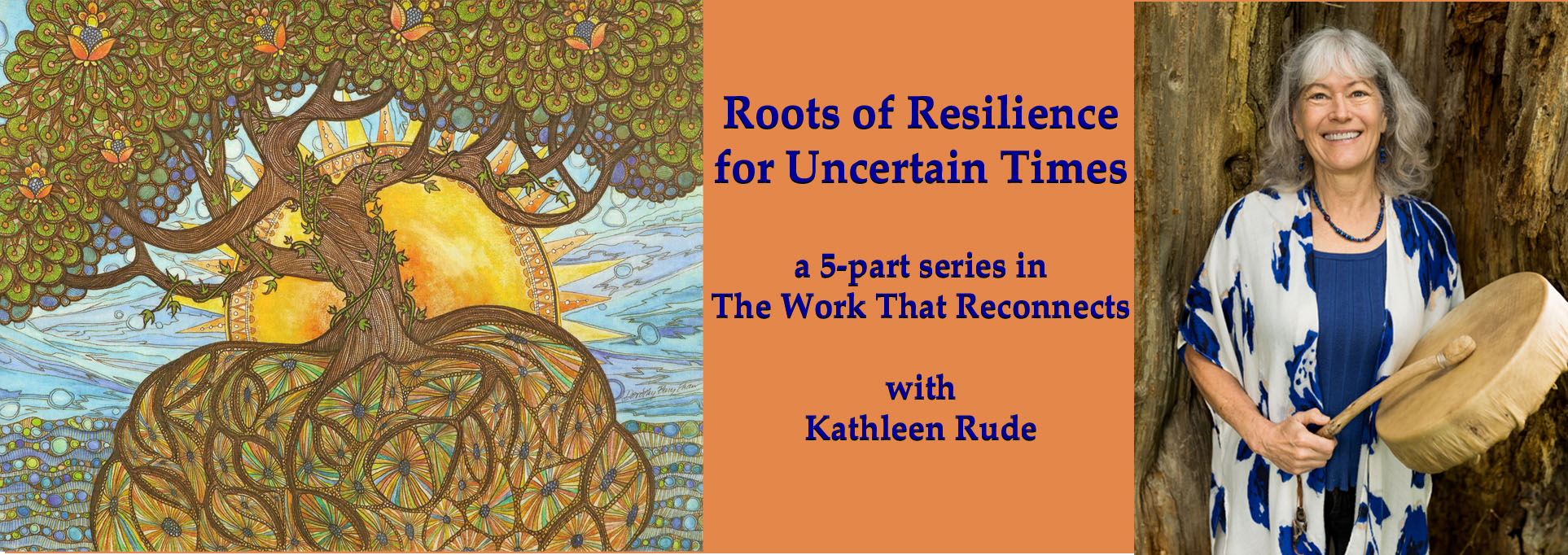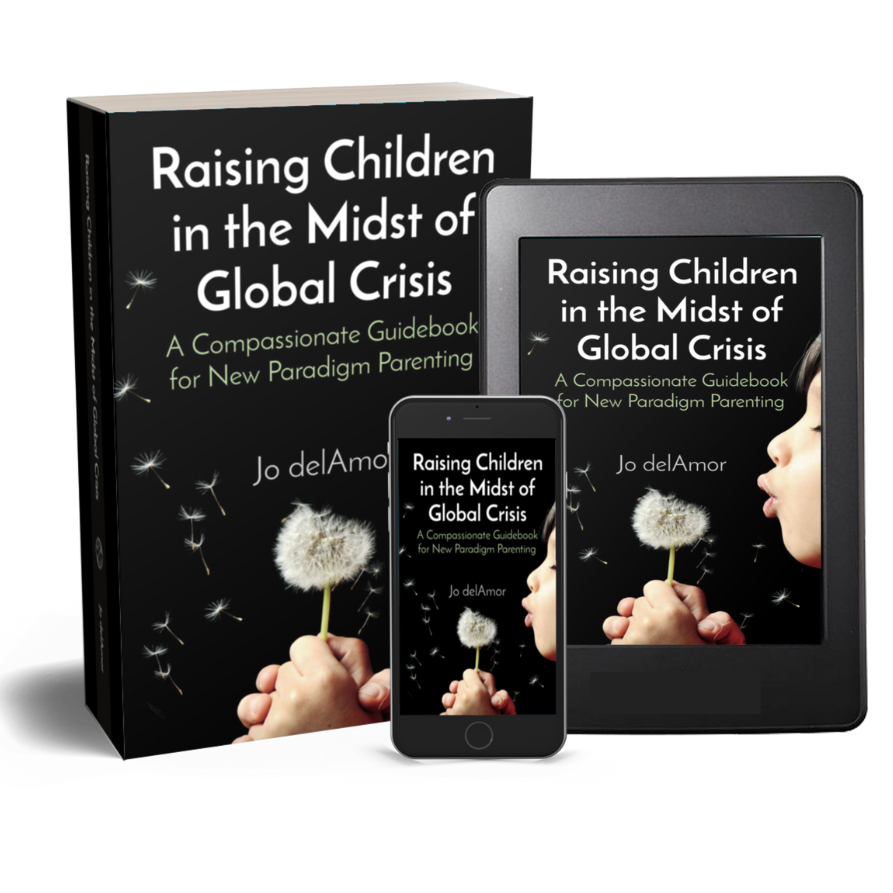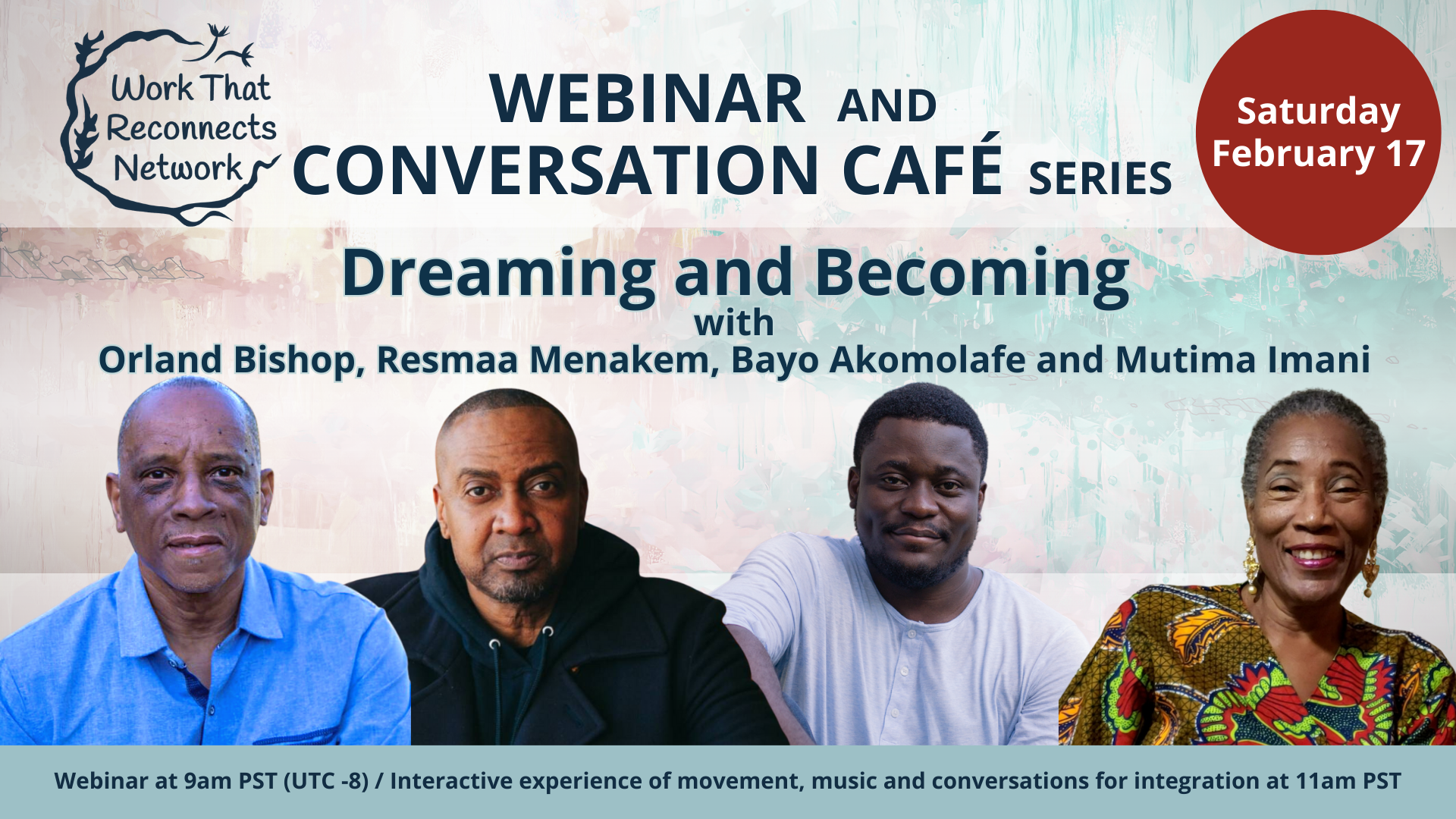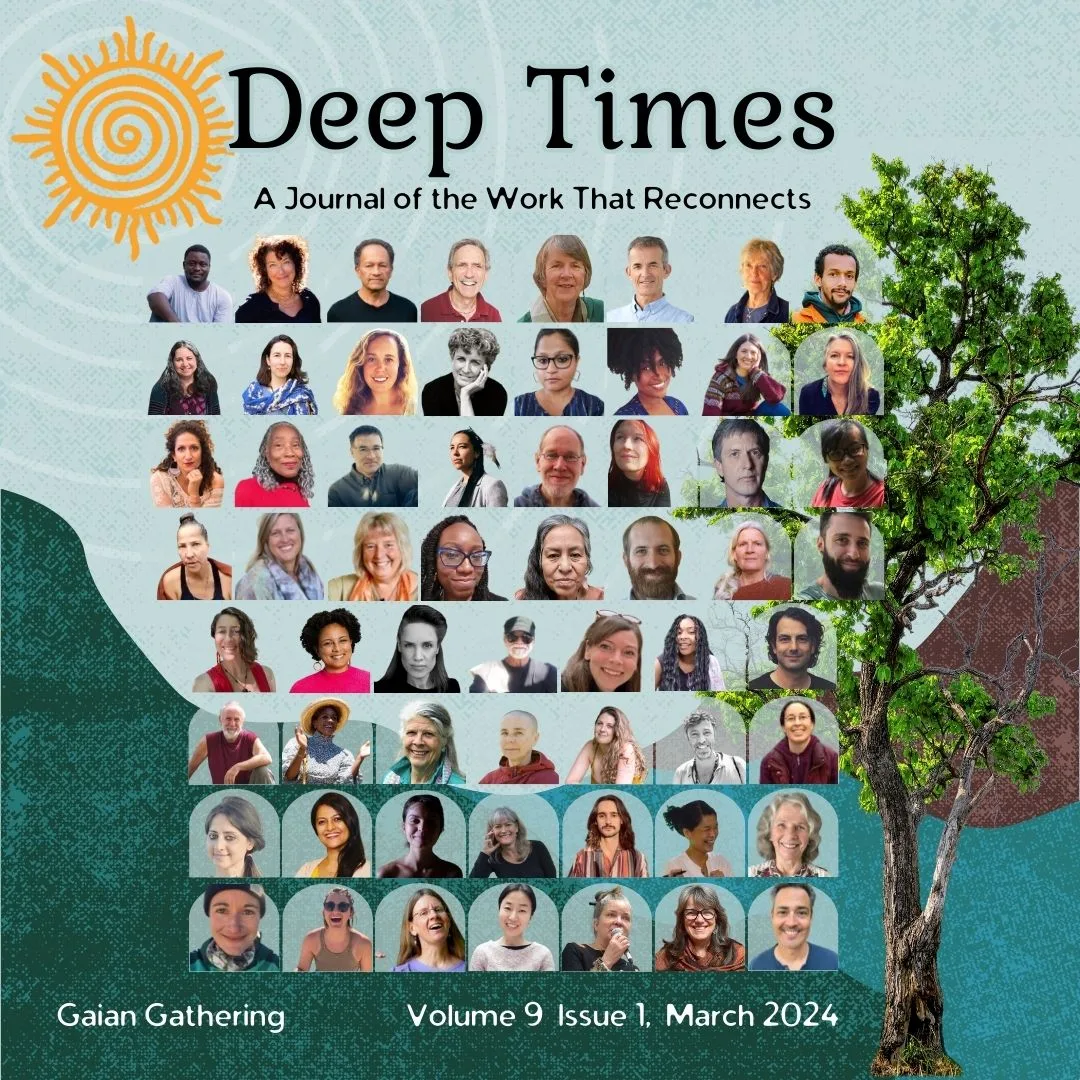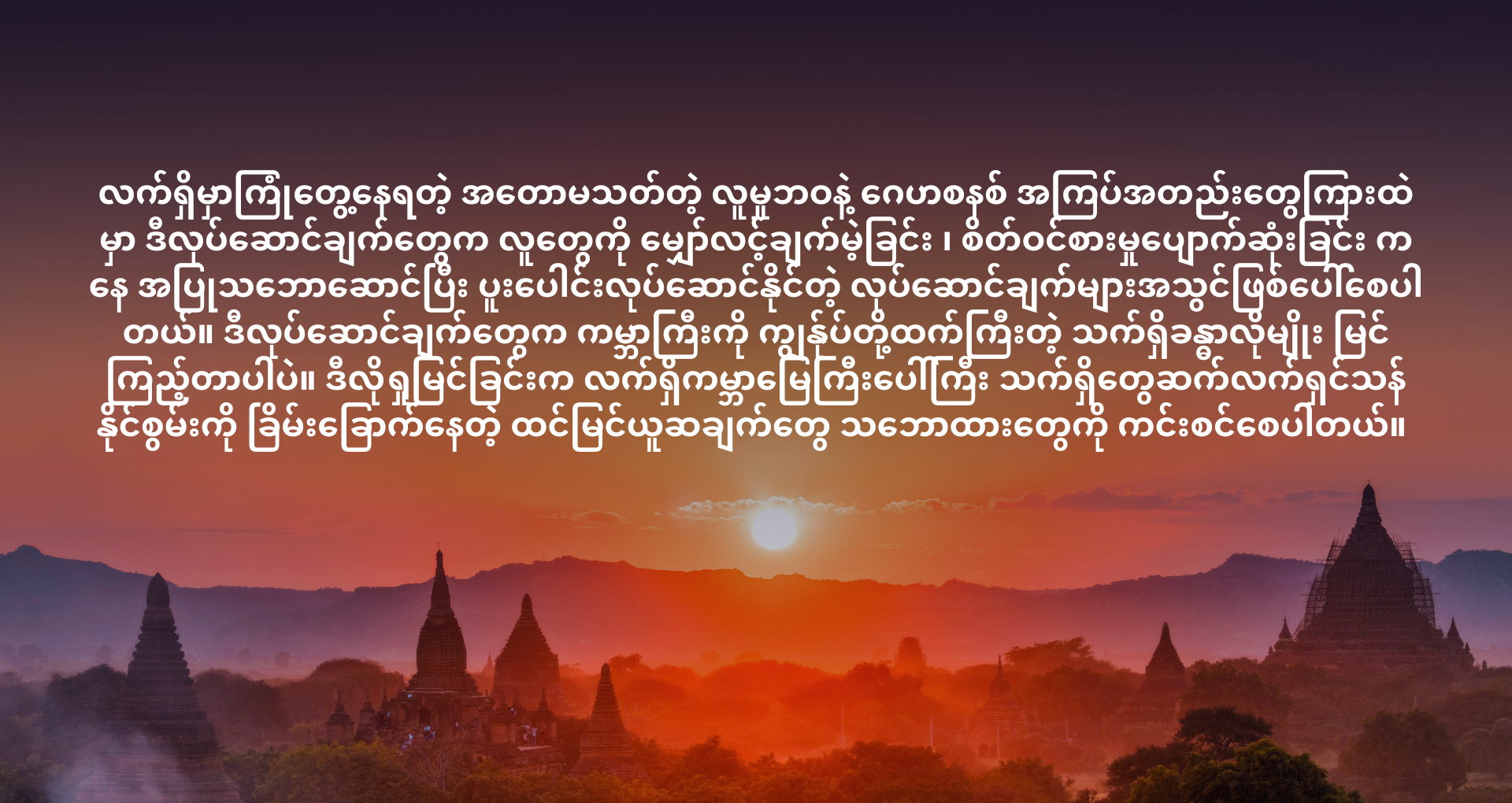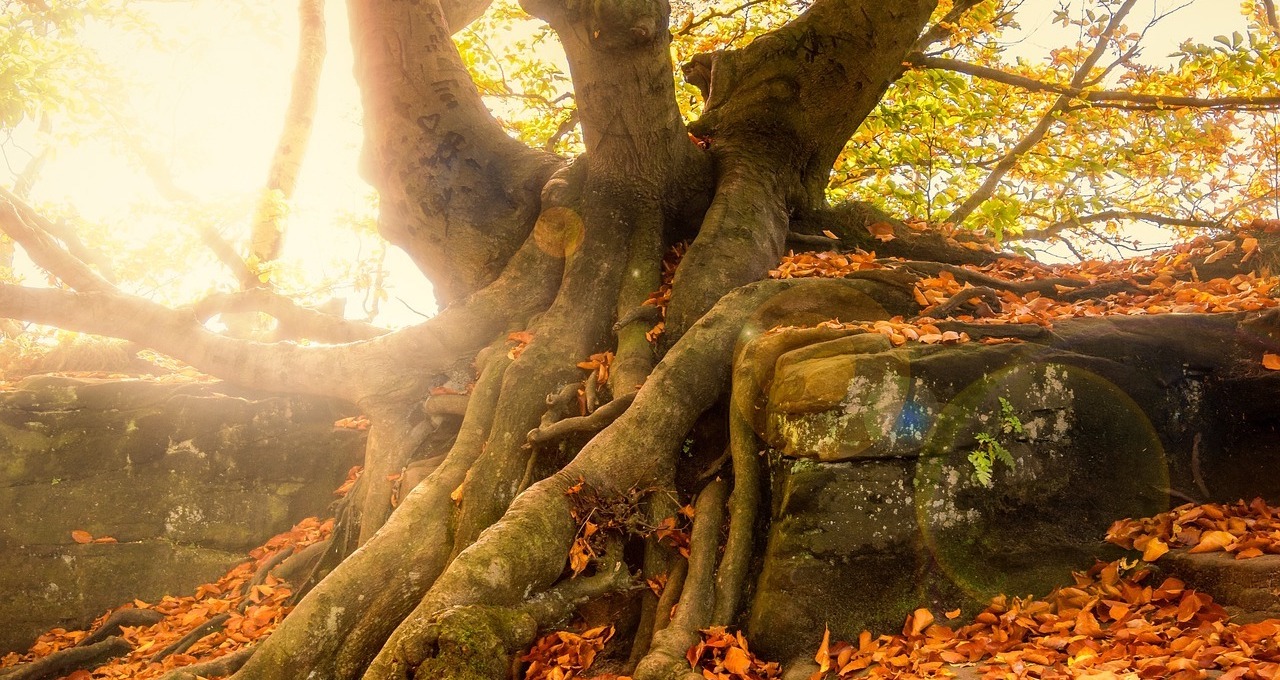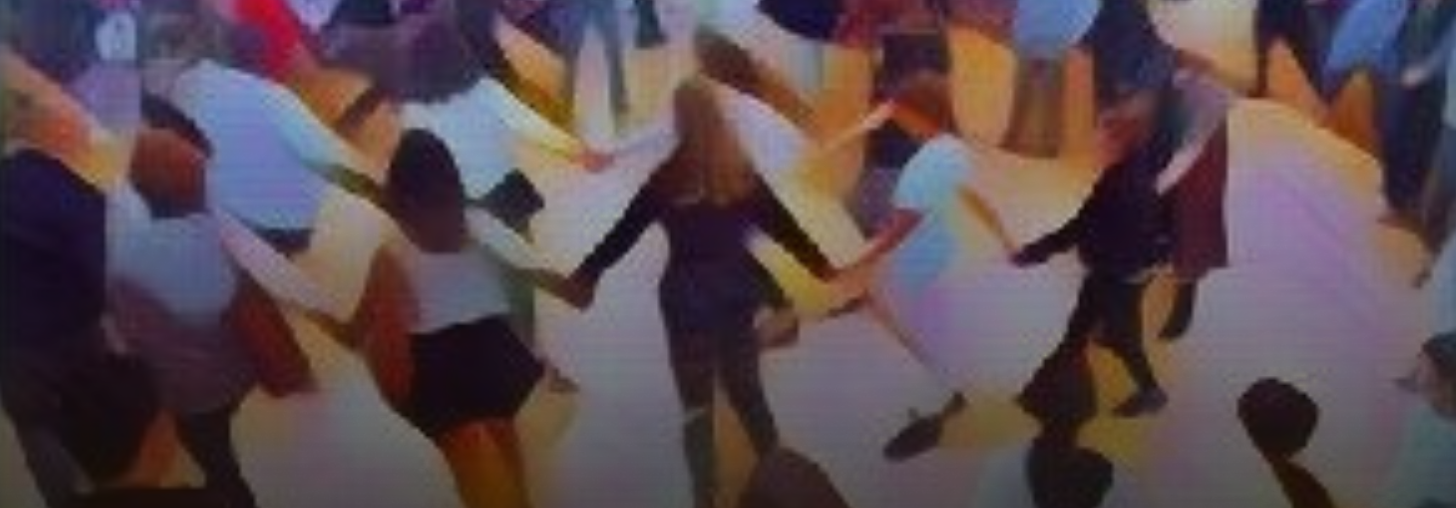- Practices
- Deep Time
- Living Systems/Deep Ecology
- Emerging Facilitators
- Facilitators
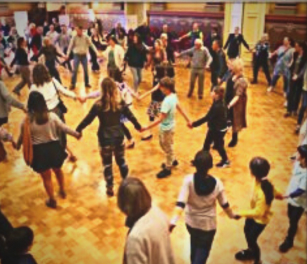
The Evolutionary Gifts of the Animals (or Eco-Milling)
from chapter 9 of Coming Back to Life by Joanna Macy and Molly Brown; second edition, published 2014. Lightly edited. Please acknowledge the source when you use any of these practices.
Time: 15-20 minutes
Using our own bodies, we learn about our kinship with other life forms, and the debt of gratitude we owe to those who first evolved key features of our anatomy. This process can be conducted as a Milling, which allows it to be lively as well as instructive. However, because of the extent of physical touch involved, it is usually more appropriate as a self-practice, and the instructions are written that way.
Method
This exercise is done in silence. People’s attention is drawn to particular biological features that we all share. They are asked to sense the wonder of each gift, and to honor the animal ancestor that bequeathed it. These are features we may tend to take for granted as “our own.” They are really gifts from other and ancient beings.
The blood stream. Can you feel the pulse in your wrist? Blood is circulating. That capacity, common to all life-forms, arose with the first multi-celled creatures who devised ways to transfer nutrients to their inside cells. As they developed, some of them invented a muscular pump, a heart. That pulsing you feel is the gift of ancient Great-grandmother worm.
The spinal column. Feel the bones in your neck, your back. Those vertebrae are separate, but ingeniously linked. They cover the central neural cord and, at the same time, allow flexibility of movement. Grandfather fish did the design work, because he couldn’t swim if his backbone were one solid piece. We can thank him for this marvel that now permits us to stand and walk.
The ear. Notice the sounds around you. For just a moment, try gently covering your ears with the palms of your hands. There’s so much to hear! That’s because tiny bones vibrate in the inner ear, and that is a gift from ancestor fish as well. They were once his jawbones and they migrated into the mammalian ear to carry sound.
The limbic brain. Inside the base of the skull lives the limbic region of the brain, a gift from our reptilian grandmothers and grandfathers. It allows deep pleasure. It also allows us to protect ourselves by fighting, fleeing, or freezing stock still.
Binocular vision. Your eyes are no longer on the sides of your head, as with our fish and reptile cousins, many birds and some mammals. Our tree-climbing primate ancestors moved their eyes around to the front, to function together for three-dimensional vision, so they could know the exact location and distance of a branch to leap for. We thank them for our binocular vision.
Hands. Look at one of your hands. See how the thumb and fingertips can touch each other; see the size of the space they enclose. That’s just the right size to grasp a branch that will hold your swinging body. Grandmother monkey designed that hand. And the branch was designed by sun and wind and gravity, as well as by Grandfather tree himself as he grew high to reach the light, and limber to allow the wind. So we, with these hands, are grandchildren of tree and sun and wind as well.
Variation
Alternatively, this individual practice can be conducted as a Milling.
